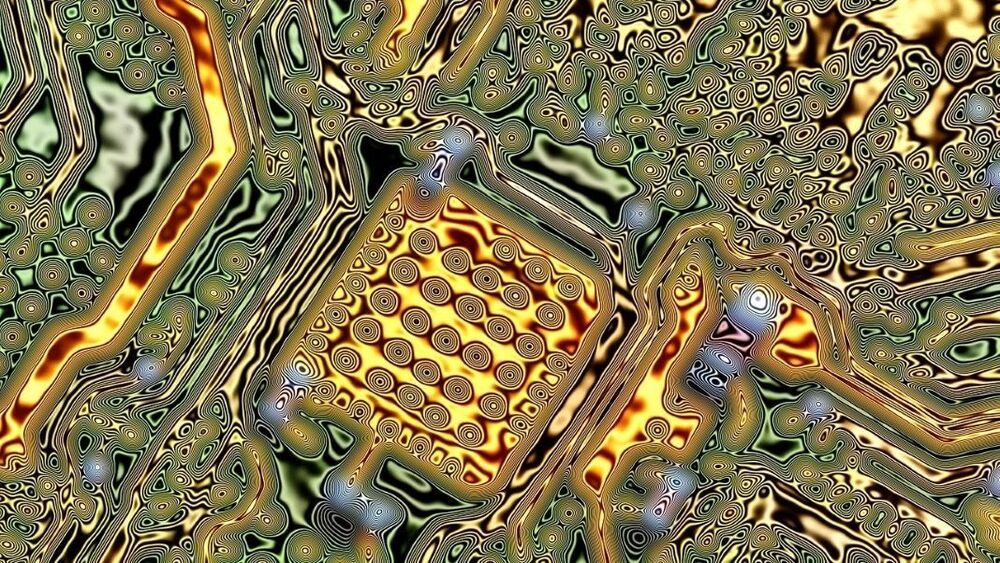Apr 28, 2021
The Science of Consciousness: Towards the Cybernetic Theory of Mind
Posted by Alex Vikoulov in categories: biological, information science, robotics/AI, science
Consciousness remains scientifically elusive because it constitutes layers upon layers of non-material emergence: Reverse-engineering our thinking should be done in terms of networks, modules, algorithms and second-order emergence — meta-algorithms, or groups of modules. Neuronal circuits correlate to “immaterial” cognitive modules, and these cognitive algorithms, when activated, produce meta-algorithmic conscious awareness and phenomenal experience, all in all at least two layers of emergence on top of “physical” neurons. Furthermore, consciousness represents certain transcendent aspects of projective ontology, according to the now widely accepted Holographic Principle.
#CyberneticTheoryofMind
Continue reading “The Science of Consciousness: Towards the Cybernetic Theory of Mind” »


















